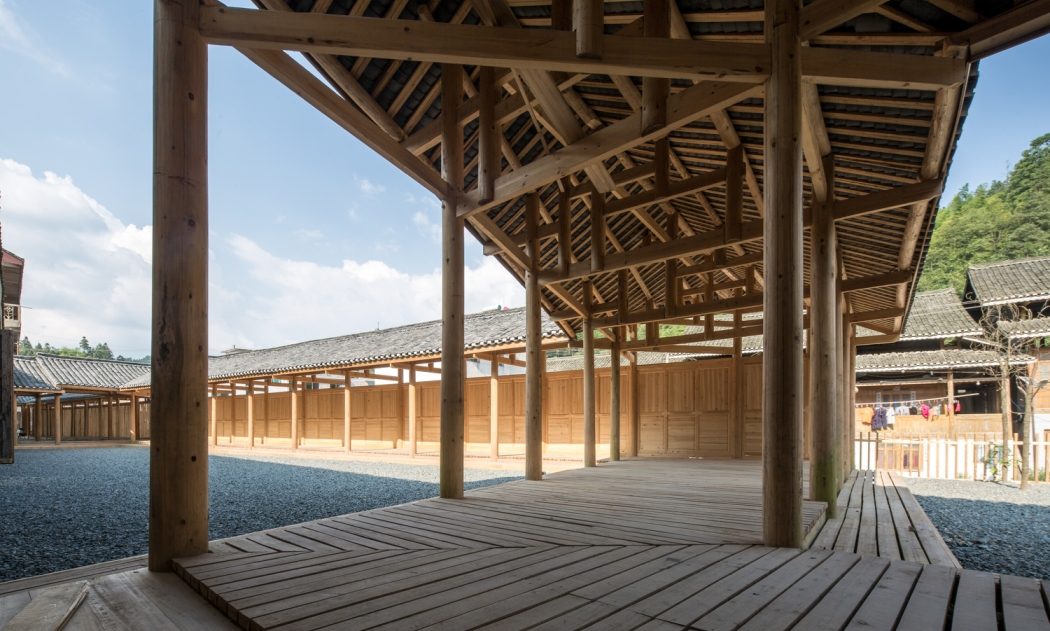In 2016, the city of Maogong‘s government in Liping County, China and the Dimen Eco-Museum decided to repurpose and renew an old vacant barn into an art center for local communities as a new culture carrier.
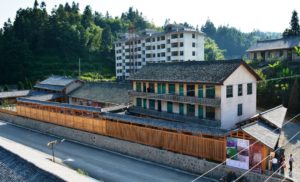 In response, the Beijing-based Approach Architecture Studio decided to turn this redevelopment commission into a pivotal project of the overall Maogong revitalization plan.
In response, the Beijing-based Approach Architecture Studio decided to turn this redevelopment commission into a pivotal project of the overall Maogong revitalization plan.
Similar to most of the remote villages and towns, Maogong grew at a county highway crossing, which comprises its main spacial structure.
On both sides of the highway, there are small rural retail and wholesale buildings that have evolved over decades, serving farmers in surrounding villages.
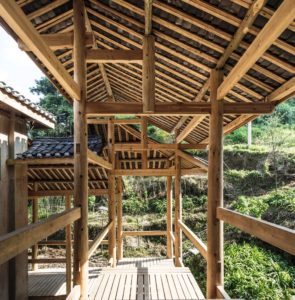 A few abandoned storage space and supply marketing agencies are legacies of the failed planned-economy era.
A few abandoned storage space and supply marketing agencies are legacies of the failed planned-economy era.
They are neighbored by post offices, banks, hardware tools, materials, telecommunications, restaurants and so on.
Some are traditional local post-and-beam wood structures and more are recent concrete structures.
In the past few years, promoted by the Dimen Eco-Museum and curator Zuo Jing, local government began the action to reestablish Maogong as the regional service center of the original collection of villages, in part to expand and better serve the increasing demands of the tourists visiting those neaby Dong villages.
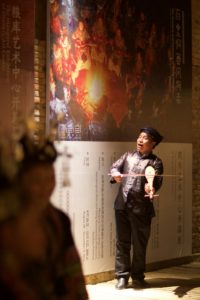 It’s hoped that this will significantly reduce sprawl and other unregulated construction in these historic, protected ancient villages.
It’s hoped that this will significantly reduce sprawl and other unregulated construction in these historic, protected ancient villages.
The design strategy of Approach Architecture Studio is to activate the courtyard’s open space between the existing buildings and the road, and to treat the space between the corridor and the courtyard as the buffer zone.
The old barn houses and its surrounding old buildings are arranged as a cultural space with local handcraft and agricultural product showrooms, together with artists’ workshops, studios, catering gifts, and other ancillary facilities.
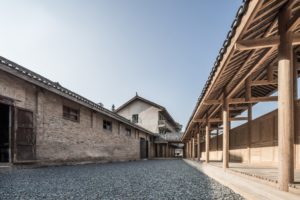 Applying local traditional techniques and materials, the exterior now consists of corridors between the noisy highway and the quiet exhibition hall, and it divides the existing outdoor space into three courtyards of different sizes, shapes and purposes.
Applying local traditional techniques and materials, the exterior now consists of corridors between the noisy highway and the quiet exhibition hall, and it divides the existing outdoor space into three courtyards of different sizes, shapes and purposes.
Unlike most of the contemporary architectural practicing in urban China, the new additional buildings are designed with local wood construction techniques and materials, with several improvements and revisions.
While the old barn house has retained most of the old walls, the entire redevelopment project was built by local carpenters and farmers, using 100% local renewable building materials and supplies.
All photos courtesy of Approach Architecture Studio.

